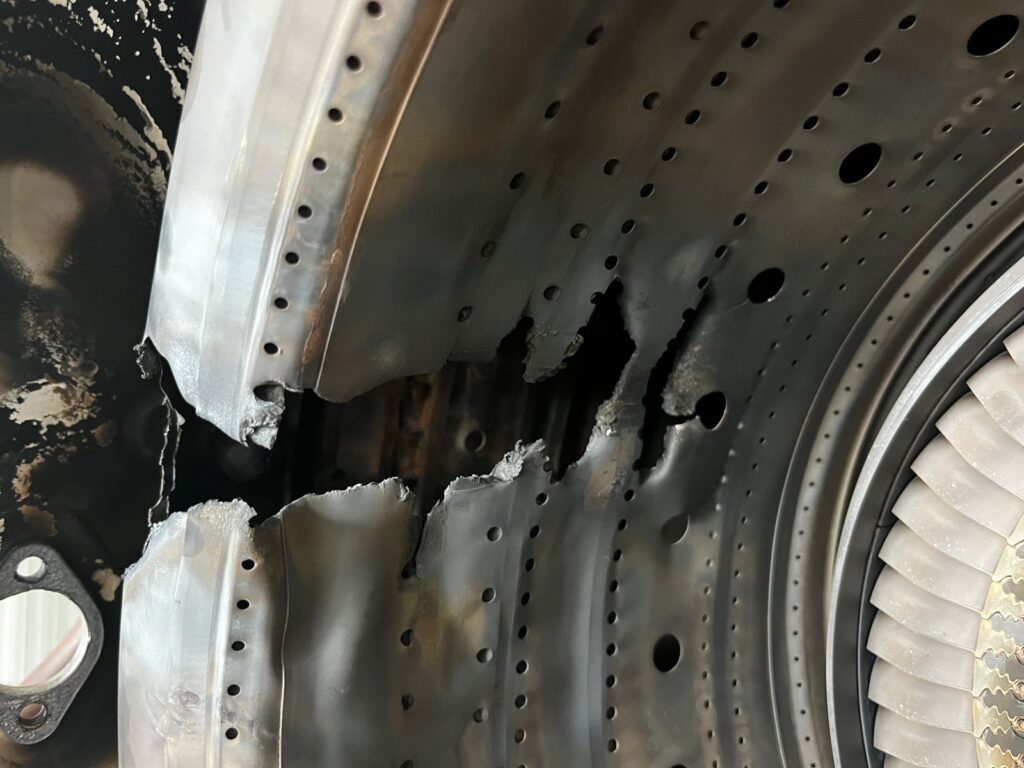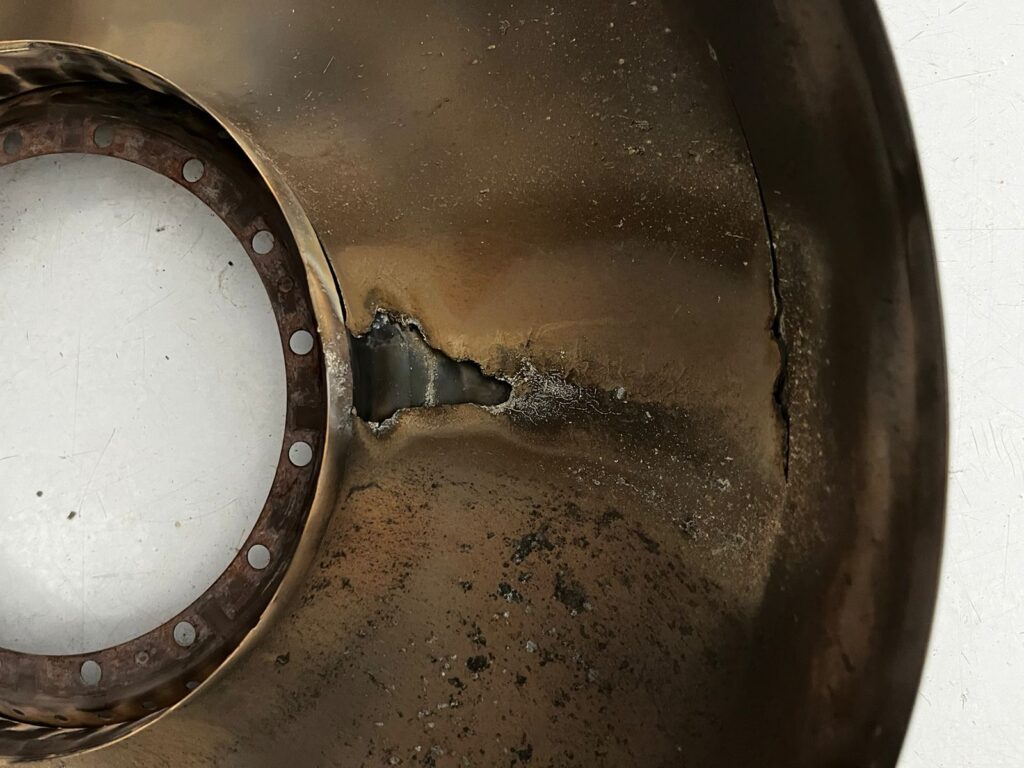Fuel Nozzles series Part 4 - Final Inspections
Spray & Leak Checks
As always safety should always be the Number 1 priority, and final inspections on fuel nozzles are no exception! A controlled environment is always recommended, and it should also have a good source of light to facilitate the best practices. We know that it should be obvious that working with fuel is always dangerous, but one might be surprised at how many people take it for granted, remember it is flammable. The highest safety procedures should be observed in these situations. If you have questions, its always advisable to consult the Maintenance Manual of your specific model of engine.
The leak test will help you determine if there are any leaks between the nozzle tips and the assemblies. Again, we must stress the importance of following the maintenance manual procedures. These procedures are designed to help you find possible cracks in the welds, or any other leaks between the tips and the assemblies.
The spray check can be tested under two varying amounts of pressure. At the lower pressure you are essentially looking at the shape of the spray pattern. In the higher pressure check you are looking for anomalies in that spray pattern. Again, you should refer to the Maintenance Manual for details. The manual will have the various types of anomalies or defects well identified and should also provide tips on the best ways to resolve these. If you need additional support our team can also recommend an expert in this field to provide additional assistance.
Final Inspections of Fuel Nozzles
Once all tests have been completed, it’s time to re-install the nozzles. Always verify the metal gaskets are properly aligned and installed between the sheaths and the gas generator case. It’s always a challenge to find missing gaskets after the nozzles are installed. Once all the O-rings and transfer tubes are set up, you’ll want to tighten up everything to the specified toque. Too much or too little can have serious consequences (see the below images from a liner that was burnt and damaged due to improper torque). Once the leak check is done then you should do one final torque and make sure all the hardware is secure.
In conclusion, the health of your engine should never be taken for granted. Always refer to the specific maintenance manual and guidelines provided by the aircraft and engine manufacturer for accurate and detailed instructions tailored to the PT6A engine model in your aircraft. Additionally, ensure that the maintenance is performed by qualified and certified personnel.
For more detailed recommendations on what tools we would suggest contacting our Technical team member Fernand, and he’ll be pleased to chat and provide his insights.
We also recommend you to consult with the support staff over at P&WC if you any doubts.


